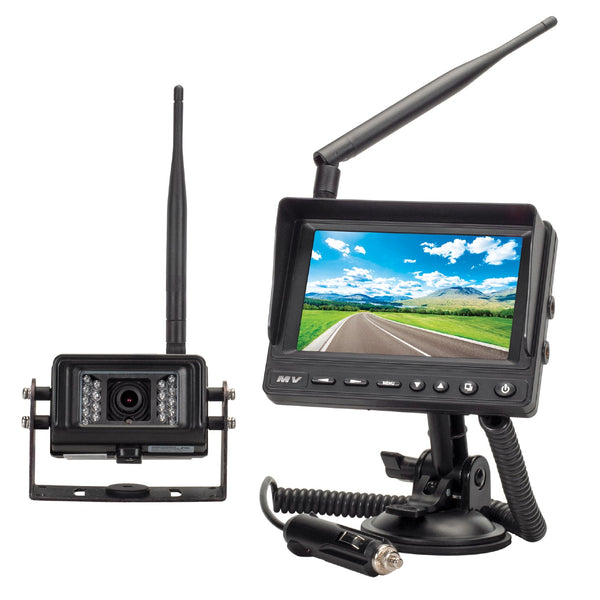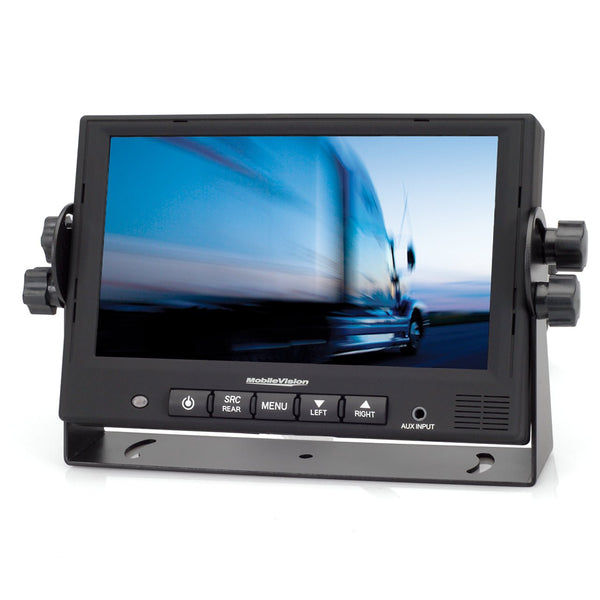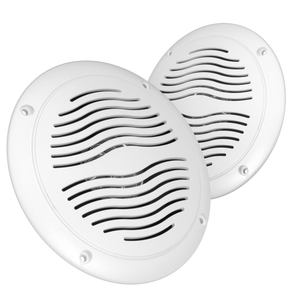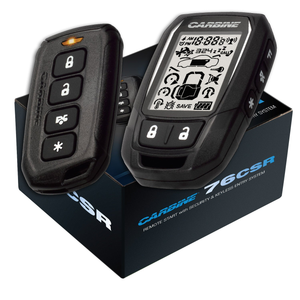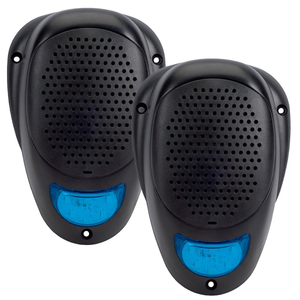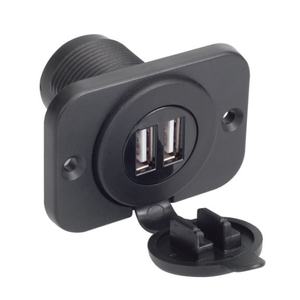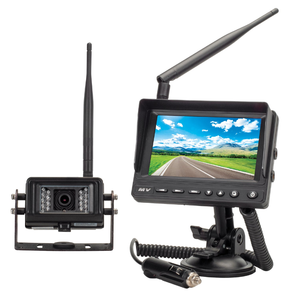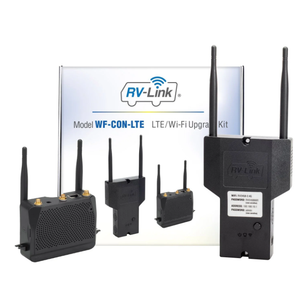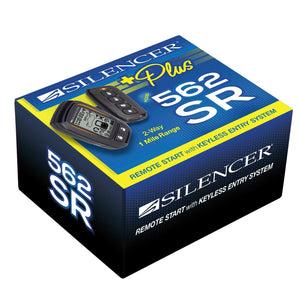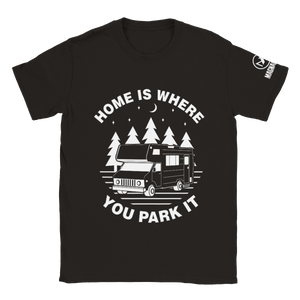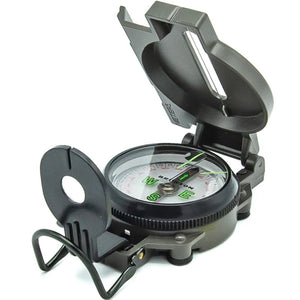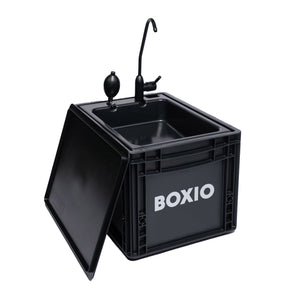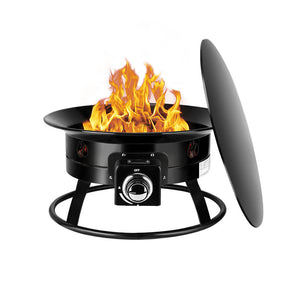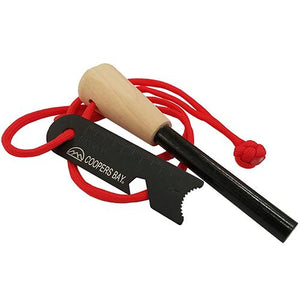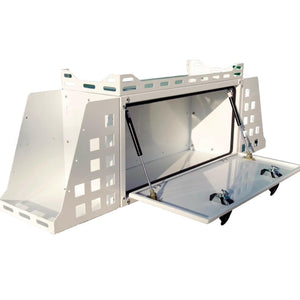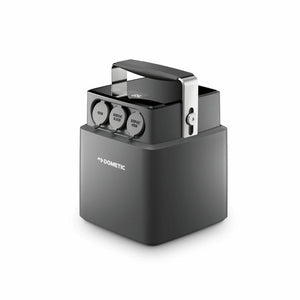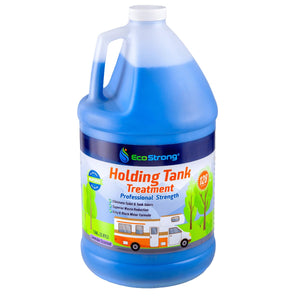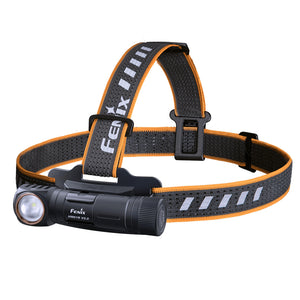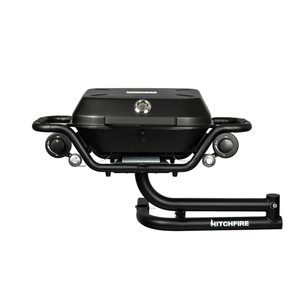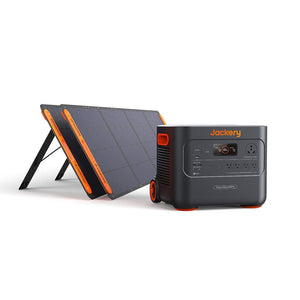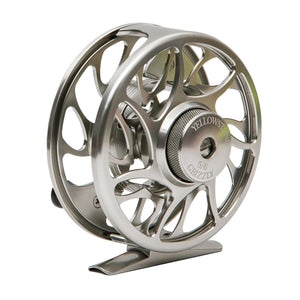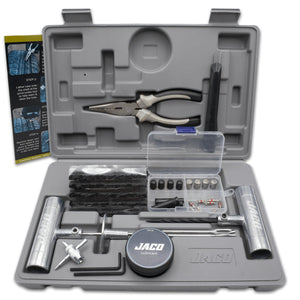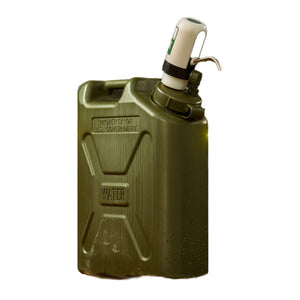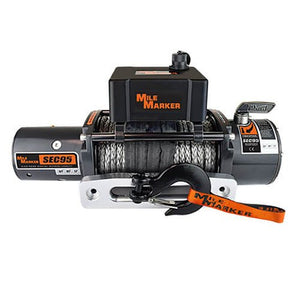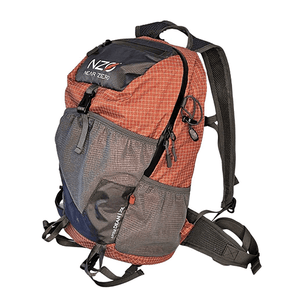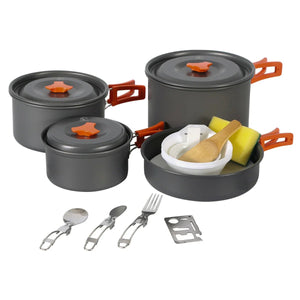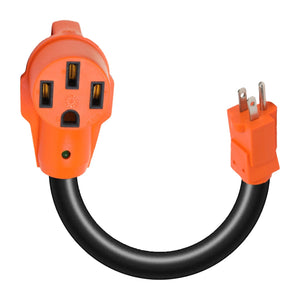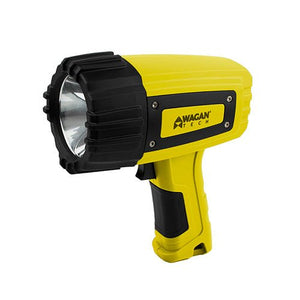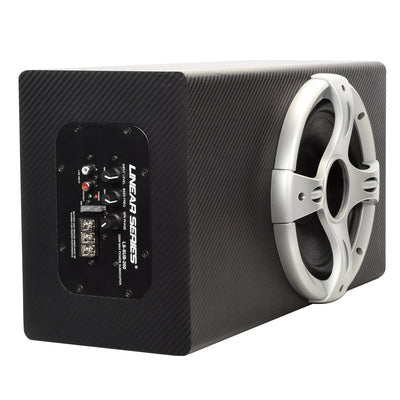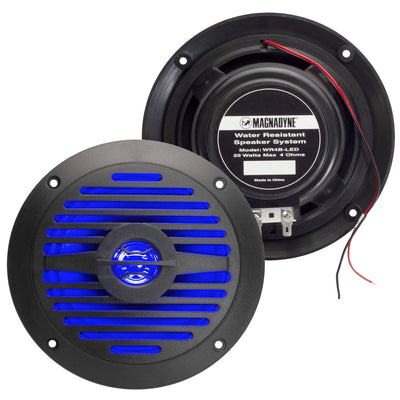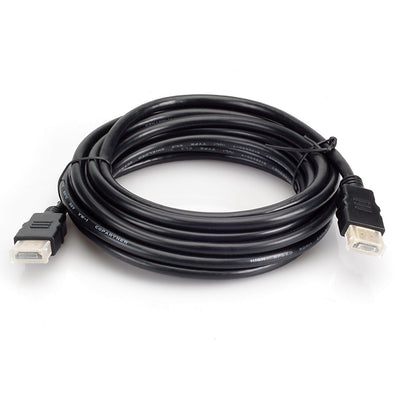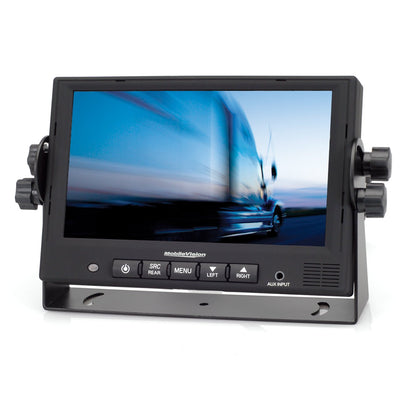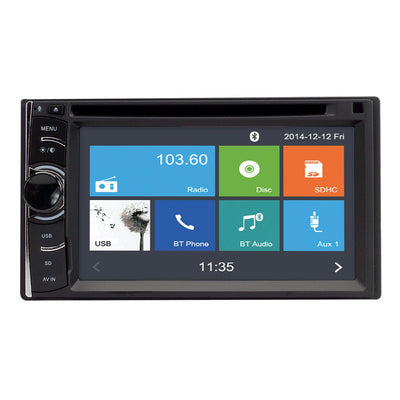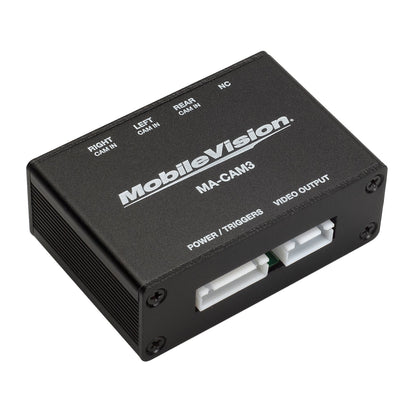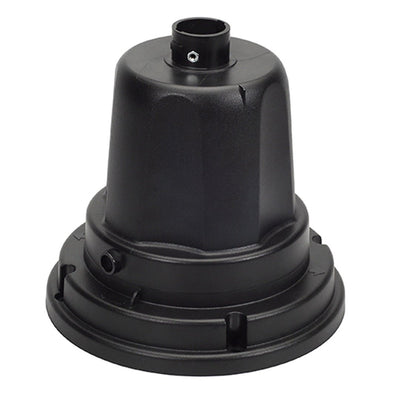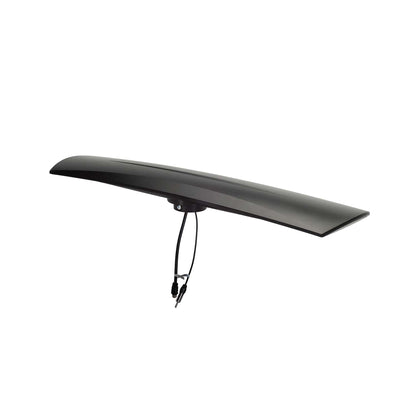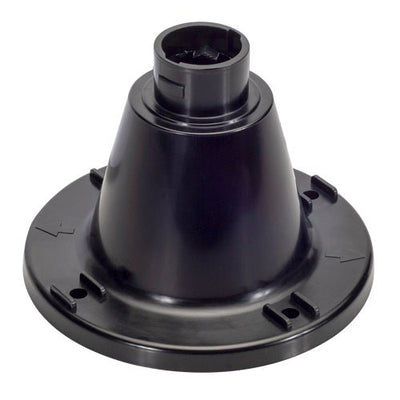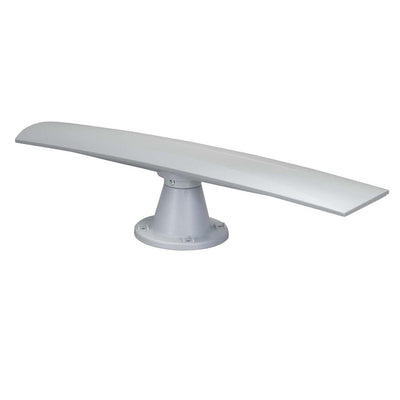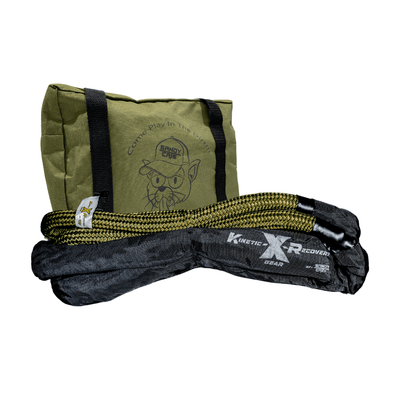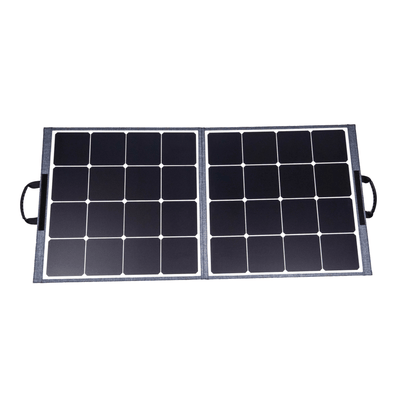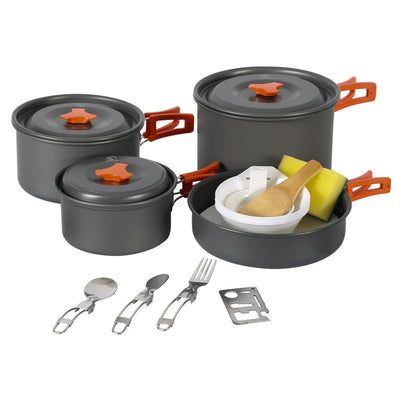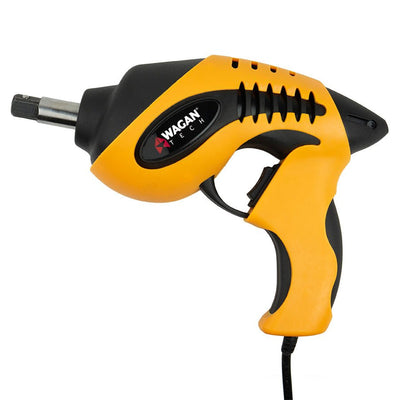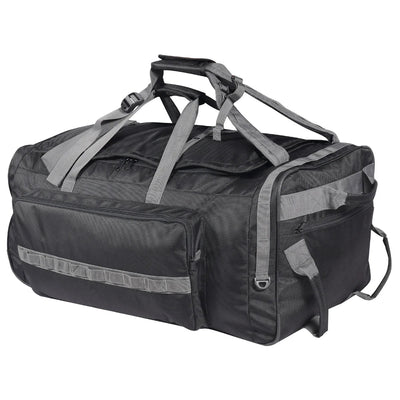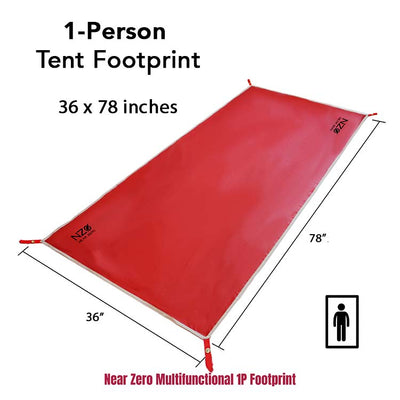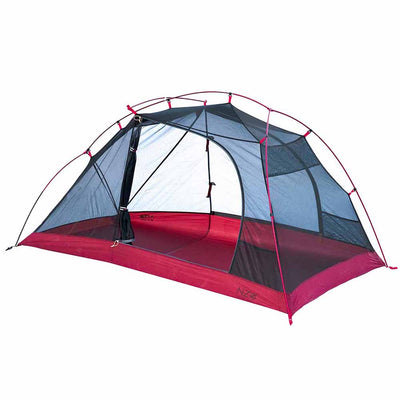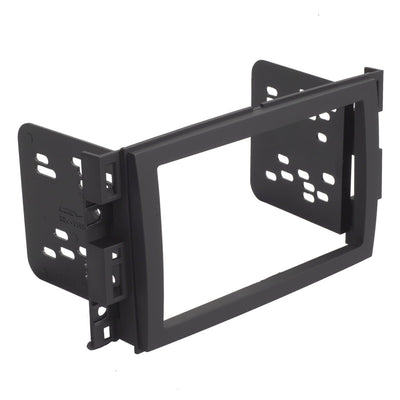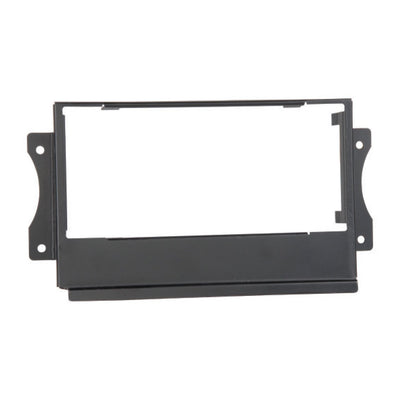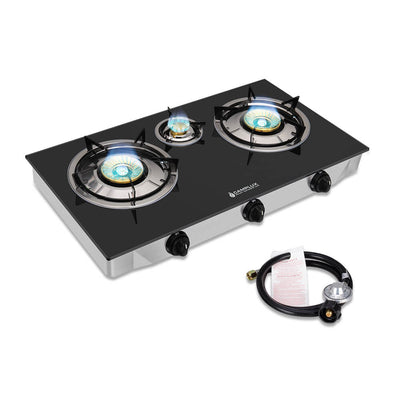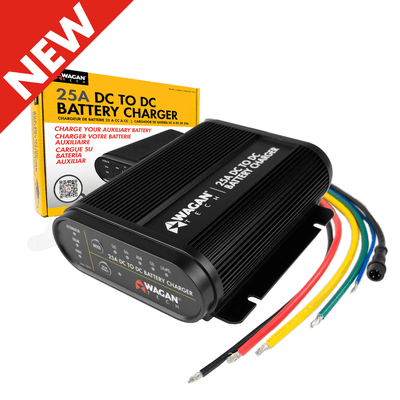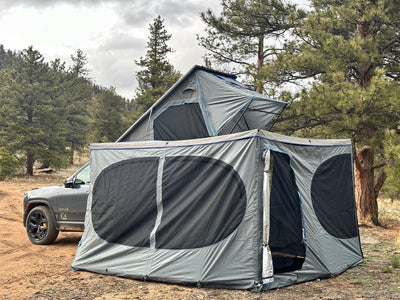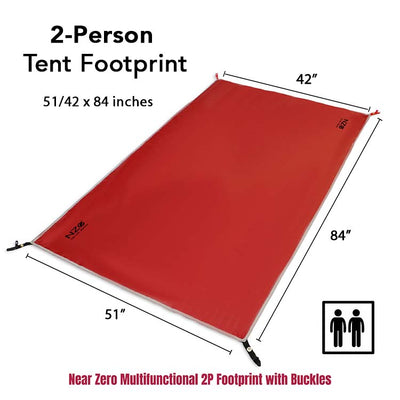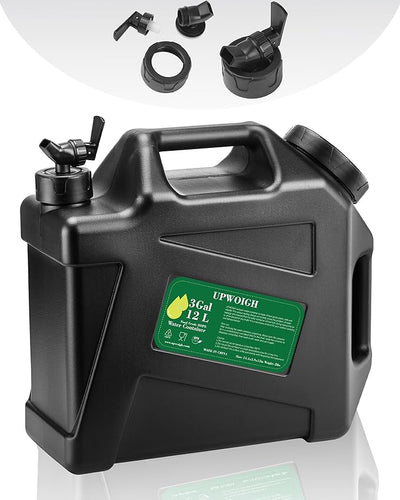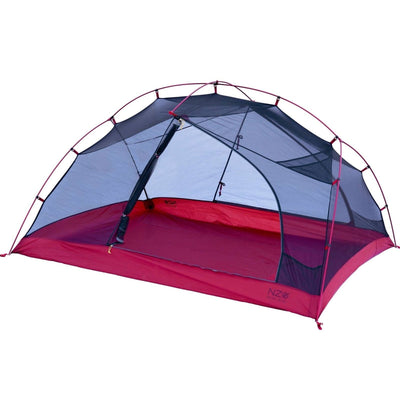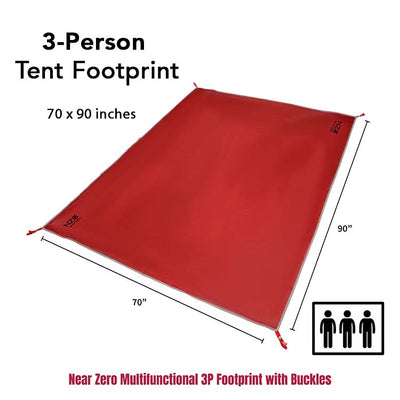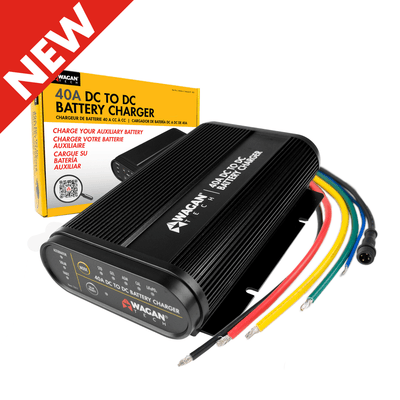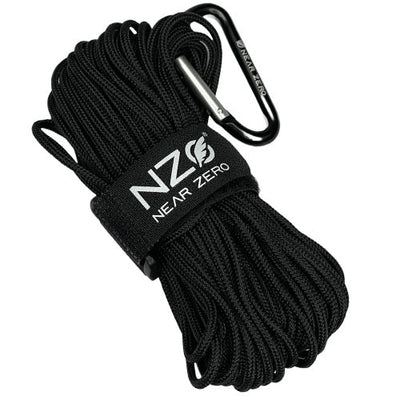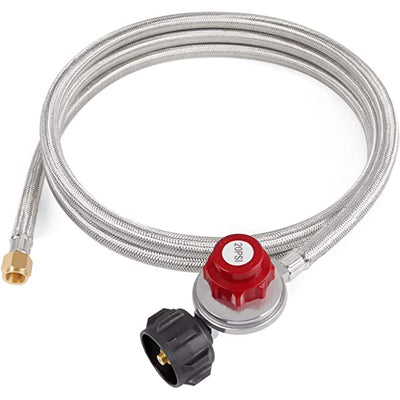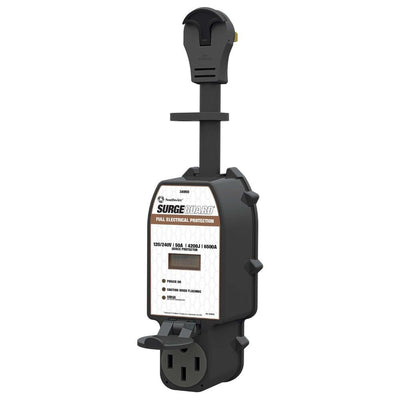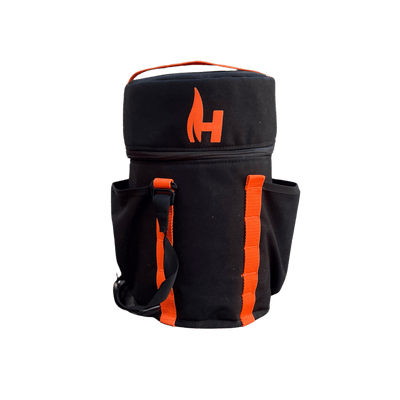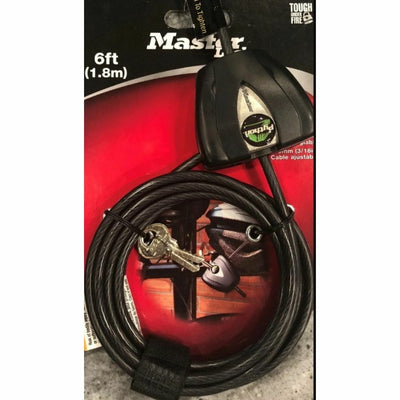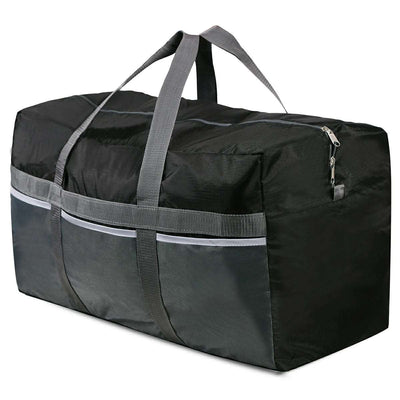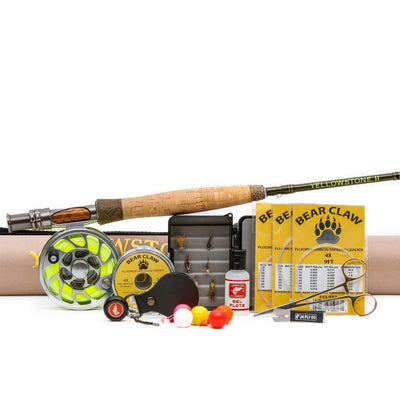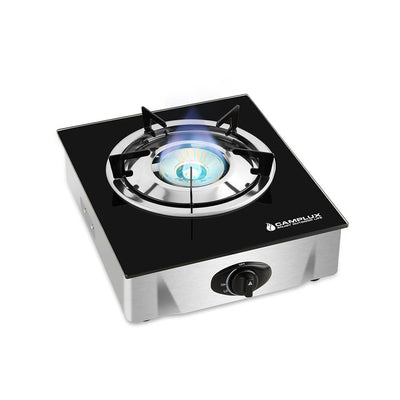Driving an RV in the snow can be a daunting task, but with the right preparation and precautions, it can be a safe and enjoyable experience. Here are some tips for safely driving your RV in the snow.

Check the weather forecast and road conditions: Before heading out, make sure you check the weather forecast and road conditions to determine if it is safe to drive your RV. If the weather is severe, it may be best to wait until conditions improve or to consider alternative transportation.
Prepare your RV for the trip: Make sure your RV is properly equipped for winter driving. This includes having winter tires, a full tank of gas, and a properly charged battery. Check all your lights and brakes to ensure they are working properly. Also, make sure your windows and mirrors are clear of snow and ice, and carry a snow brush and ice scraper.
Slow down: Snow and ice can reduce traction and visibility, making it more difficult to control your RV. It is important to slow down and increase the distance between you and other vehicles on the road.
Avoid sudden movements: Sudden movements, such as sudden braking, accelerating, or turning, can cause your RV to slide on snow and ice. To avoid this, make sure to use a gentle and gradual touch on the accelerator and brakes. Also, avoid sharp turns, and give yourself plenty of room to maneuver.
Use lower gears: Using lower gears can help maintain better control of your RV on snowy and slippery roads. This allows you to slow down more gradually and provides more traction, making it easier to maintain control of your vehicle.
Use caution on bridges and overpasses: Bridges and overpasses are often the first to freeze and are more prone to ice buildup. It is important to approach these areas with caution and to reduce your speed, as even a thin layer of ice can cause your RV to slip and slide.
Know how to handle a skid: If you do start to skid, it is important to remain calm and avoid making sudden movements. Instead, take your foot off the accelerator, and turn the wheel in the direction you want the front of the RV to go. This can help you regain control of the vehicle.
Pack an emergency kit: Make sure you pack an emergency kit, including blankets, food, water, a flashlight, and a charged cell phone. If you get stuck in the snow, having these supplies can help keep you warm and comfortable while you wait for help.
In conclusion, driving an RV in the snow requires extra caution and preparation. By following these tips and taking your time, you can help ensure a safe and enjoyable winter driving experience. Always remember to be mindful of the conditions and adjust your driving accordingly. If conditions become too hazardous, it may be best to pull over and wait for them to improve. Your safety and the safety of others on the road is always the top priority.










